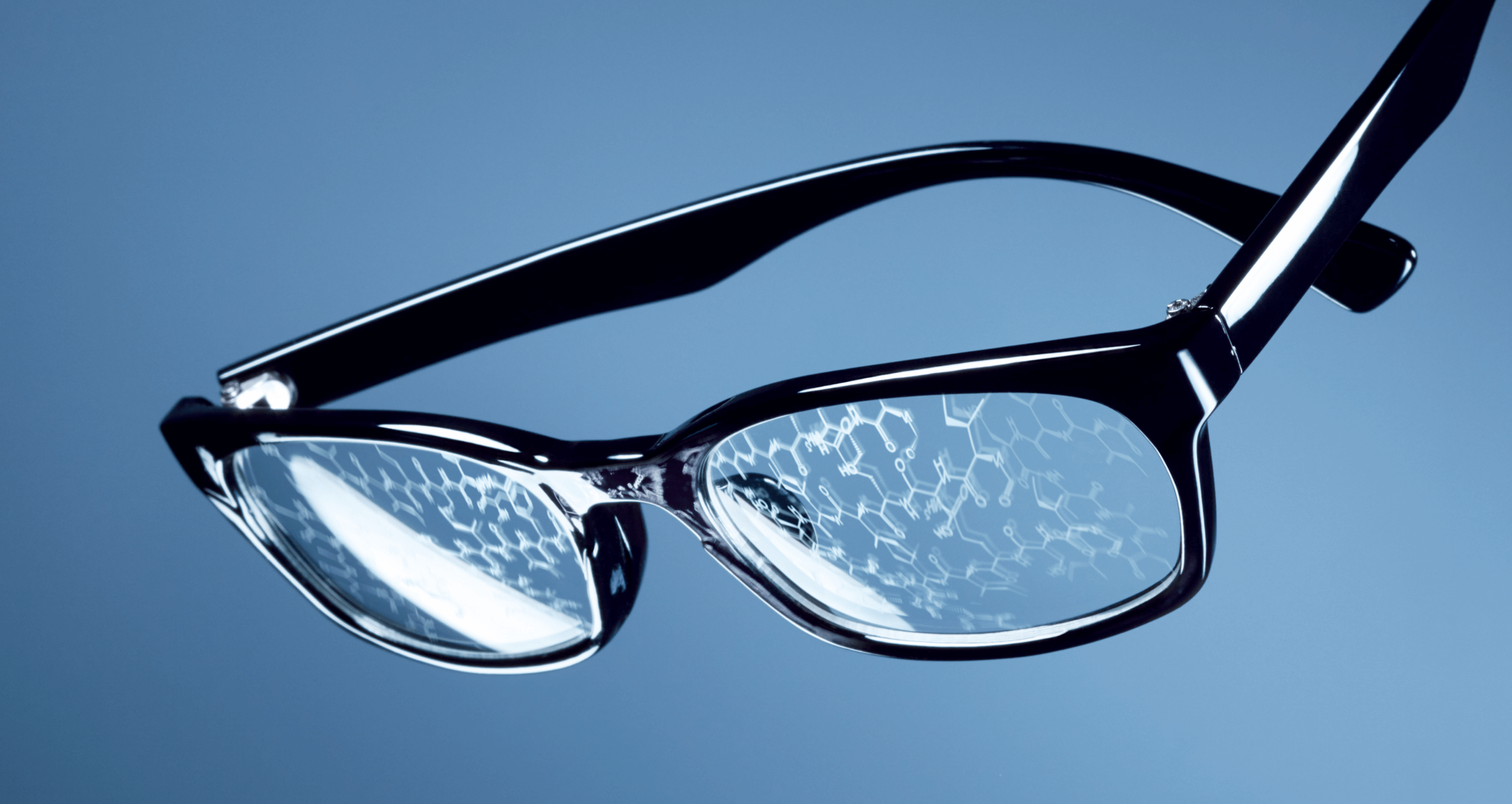Essilor (via Bernard Maitenaz) may have designed the first commercially viable PAL, but Dr Estelle Glancy may have prior to that been the true designer of the first PAL.
Varilux Comfort (including its various iterations over the years) probably remains the single most successful PAL design globally since its release in 1993, and definitely is among the longest lasting PAL designs on the global market.
Seiko and Zeiss pioneered the designs of PAL with the progressive optics on the back surface.
While Zeiss Individual PALs were the first to be more widely known for custom POW compensation, Rodenstock may have actually beaten them to it a few years earlier with the Impression ILT design.
Nikon actually started as an ophthalmic lens manufacturer before branching into camera lenses. Conversely, Hoya started in another industry before diversifying into ophthalmic lenses. Both later became more renowned for the newer products in their portfolio as opposed to their original industries.
Varilux Comfort (including its various iterations over the years) probably remains the single most successful PAL design globally since its release in 1993, and definitely is among the longest lasting PAL designs on the global market.
Seiko and Zeiss pioneered the designs of PAL with the progressive optics on the back surface.
While Zeiss Individual PALs were the first to be more widely known for custom POW compensation, Rodenstock may have actually beaten them to it a few years earlier with the Impression ILT design.
Nikon actually started as an ophthalmic lens manufacturer before branching into camera lenses. Conversely, Hoya started in another industry before diversifying into ophthalmic lenses. Both later became more renowned for the newer products in their portfolio as opposed to their original industries.

Comment